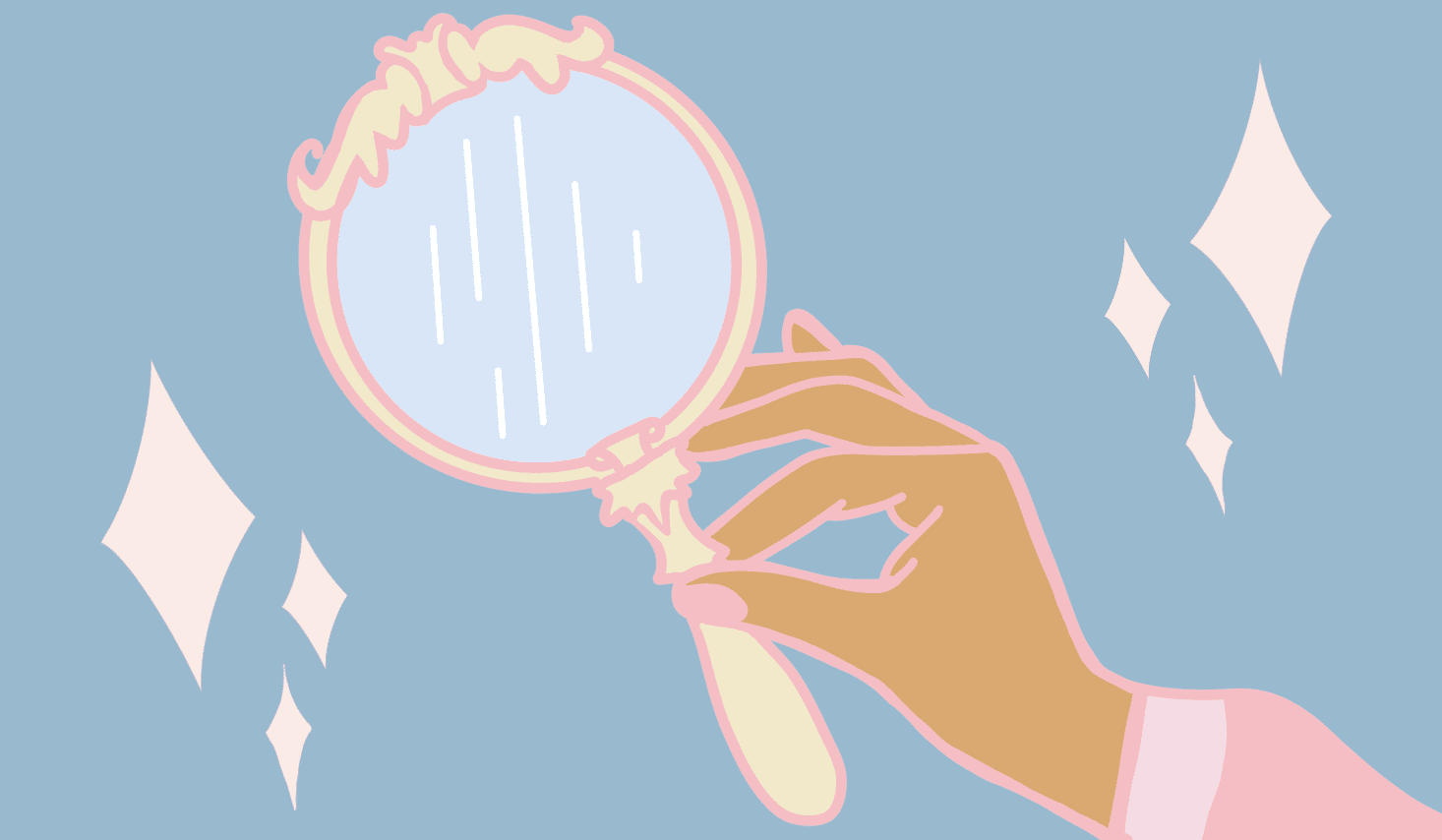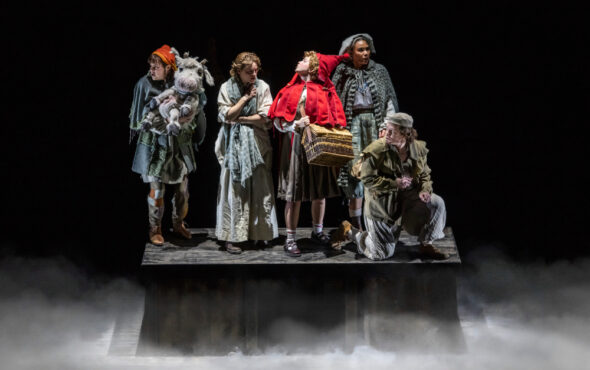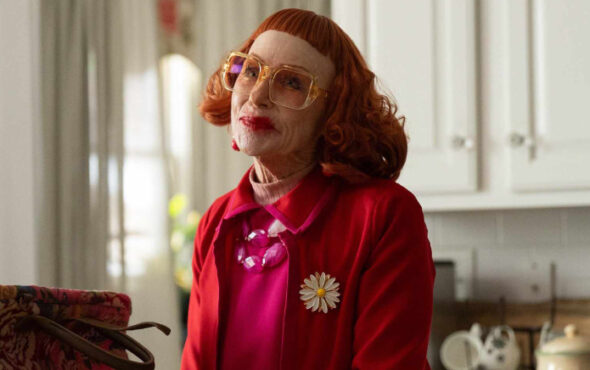
My eyeliner is making me angry. The soft lines of black aren’t listening to my mind’s eye, and the constant erring from the blueprint of “casual glam” I have in my head makes me keep rubbing it away, which then just clouds my temples with dirty smudges. I squint into the mirror, prepping my face for the mask of femininity I’m about to reveal to the world.
I haven’t been doing this for very long. It has been a couple of years since I figured out the value of makeup. I’ve come out so many times since the first attempt. Growing up in a strict Muslim household, we were taught that demure means humble, and humble is better. This idea of “modesty” eroded away at my opportunity of self-expression. I’ve since learned the incredible power of asking questions and only recently began to understand the meaning behind the labels of queer and non-binary.
My identity is extremely important. I was denied exploration of that identity as a kid and it now lends to the firmness at which I grasp onto it now. My queerness leaks into every subject I talk about and everything I write and do. When I first stepped into these labels, I was hesitant and scared of losing my grip on the small universe I’d crafted for myself – the friends I’d made, the family I’d left behind when I went to university, and the interests I’d developed. I continually questioned whether that was all going to change. It was daunting to think about how something such as queerness – which I’d never even been allowed to think about before – might become a defining factor of my life.
I know that my queerness and my non-binary identity are able to seamlessly coexist
“Queer” is a term I’ve come to love. To me, it doesn’t solely refer to sexuality, but it represents my effort in detaching from a society that tries to squash us into shiny lanes. The label “queer” is malleable. You can do with it what you wish and it’s so much more than the urges we feel and so much more than the clothes we wear. It covers you and gives you space to figure out your next move. My queerness is me: it’s about not conforming. I am non-binary because I refuse to allow the hard shapes of gender norms to place me into one categorisation or force me into subscribing to a binary.
My transness will never be fully defined, not by me anyway. I have so much to understand and uncover about myself. As a trans person, I know that my queerness and my non-binary identity are able to seamlessly coexist. And for that, I feel strongly about my right to self-express, about my emotional armour, my routinely applied eyeliner, and my womanhood.
Growing up, I struggled with exercising patience and personal forgiveness, particularly when I came and took my first step into queerness. Since then, I have had to push myself to persevere and preserve my identity, because I know the anxious comment confessing my transness to my friend wasn’t just a “phase”.
I am a trans girl. A queer, non-binary trans girl. Even just saying it out loud feels amazing. It’s taken years of questioning, years of trying to understand what it is to feel as I do and trying to find instruction books on how best to fit in, to finally understand. Being a woman does not take away from the rest of my identity. In fact, it strengthens it. I feel an innate connection to my femininity and to my womanhood. Expressing myself as queer and non-binary is the best way to represent me. It took me years to reach this conclusion because I didn’t know my transness, non-binary belonging and womanhood could live in harmony.
Being a woman does not take away from the rest of my identity. In fact, it strengthens it. I feel an innate connection to my femininity and to my womanhood
Growing up Muslim, I realised that I wanted to get to know my culture better and would have to explore my relationship with religion to do that. I had to figure out what was stopping me from accepting myself as a trans girl – an innate part of my identity. I discovered that I was trying to explore my femininity solely through the power of feeling. I had to discard those walls and the confines of “society-defined” womanhood to immerse myself in the euphoria of knowing myself. Amongst this, I had spent my life running from labels and boxes, yet, now I wanted to reclaim one.
My relationship with religion and my culture is a complicated one, but it does not define my gender or identity. Instead, I’ve been able to get to know myself from a myriad of different corners and to appreciate the flexibility of my labels. My relationship with my identity is mine also and now, I feel closer to the version of me that I want to see when I look in the mirror every morning. I get to tell myself I can take actions to make myself feel more comfortable in my body; through the acceptance of its shape and its beauty, through the acceptance of hormone therapy for my dysphoria, and through further understanding of what it means to be a woman, and who gets to define that.


